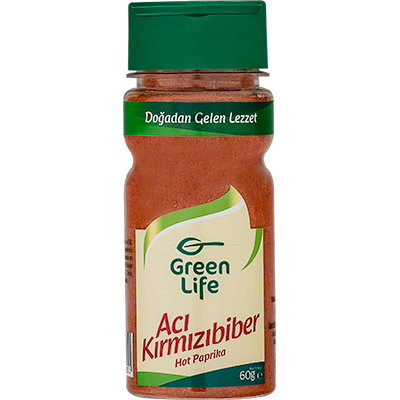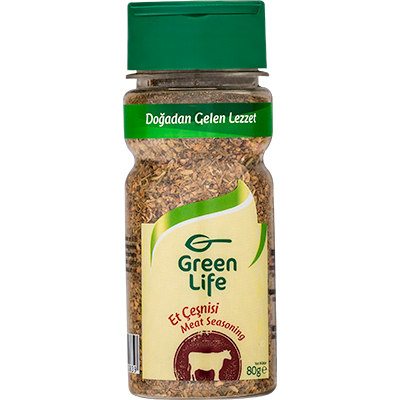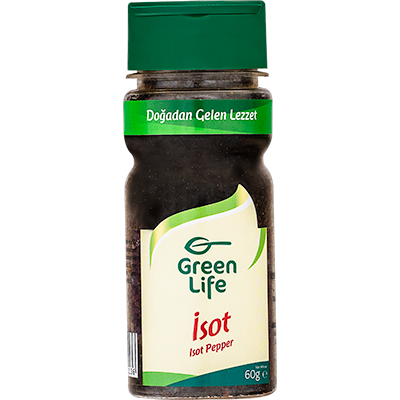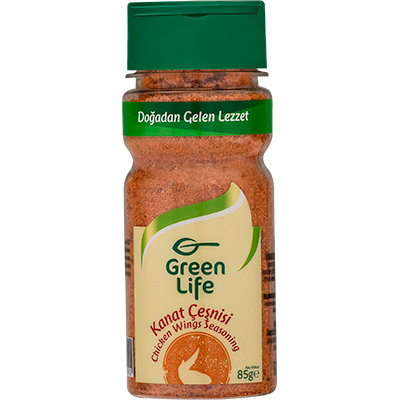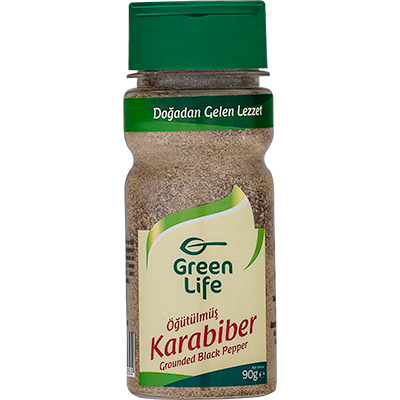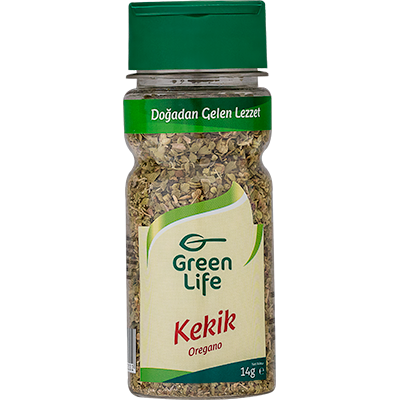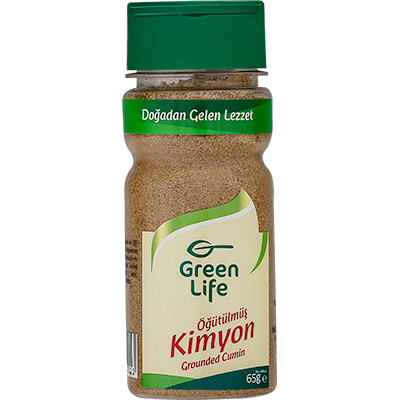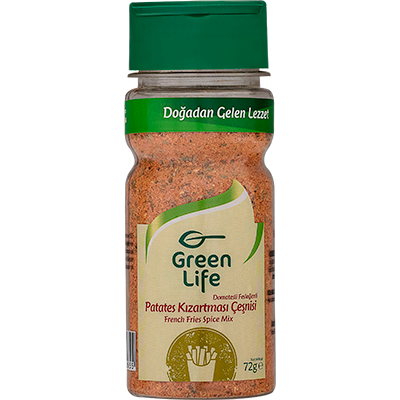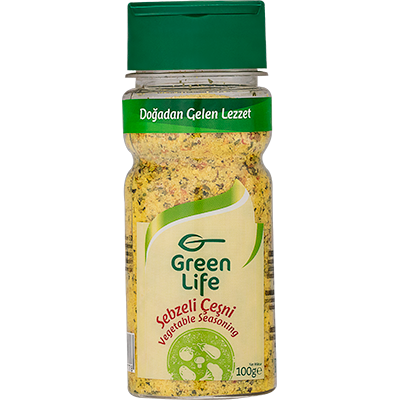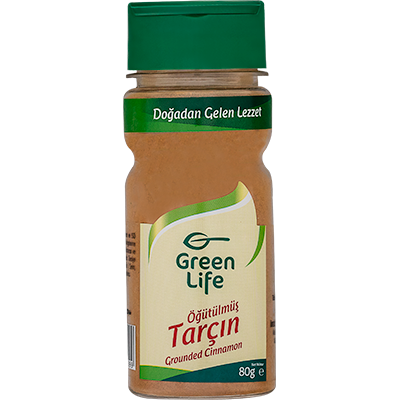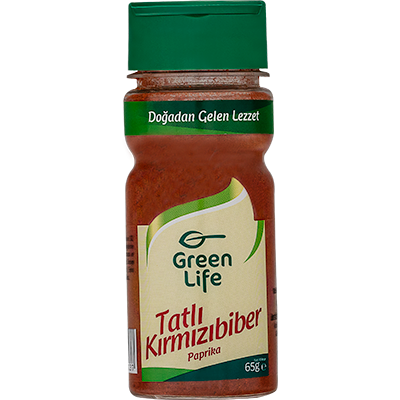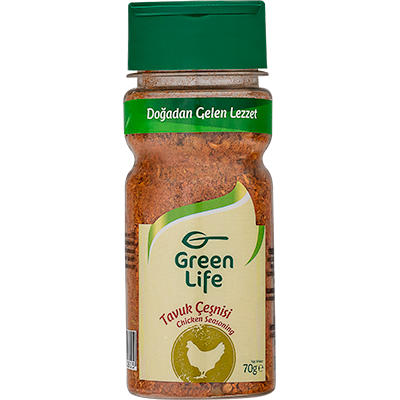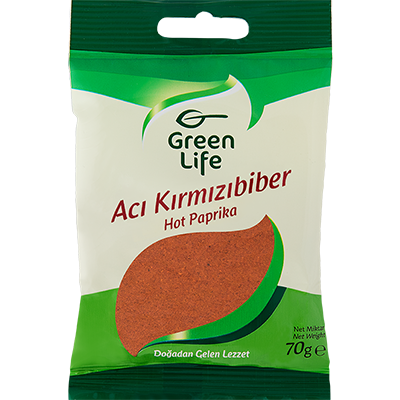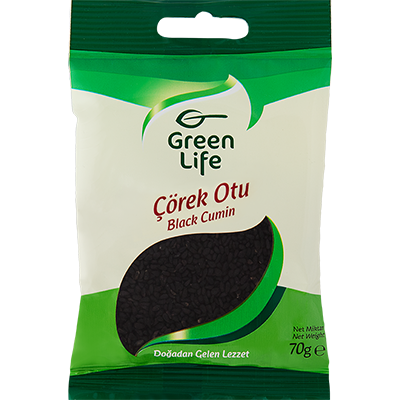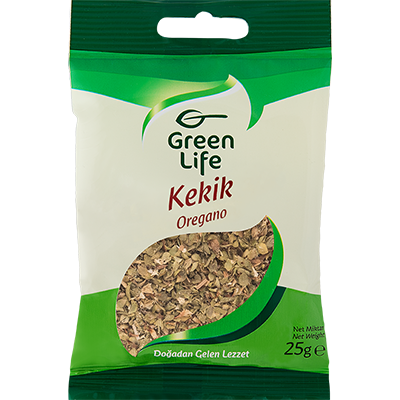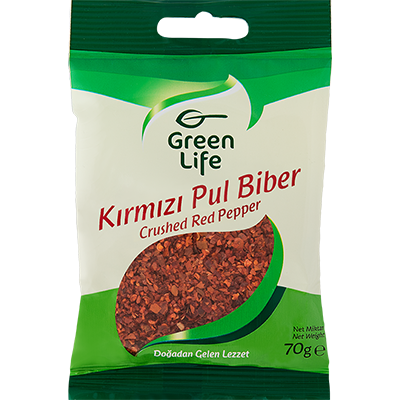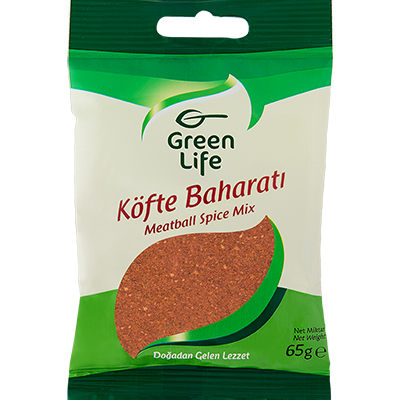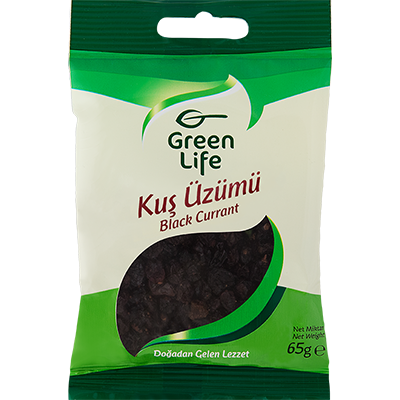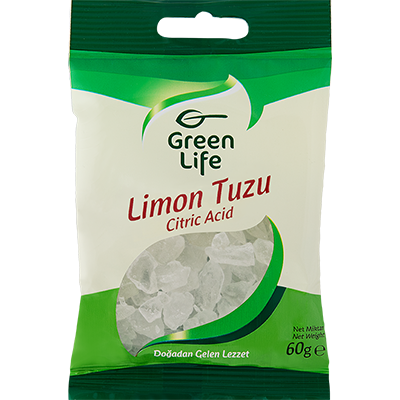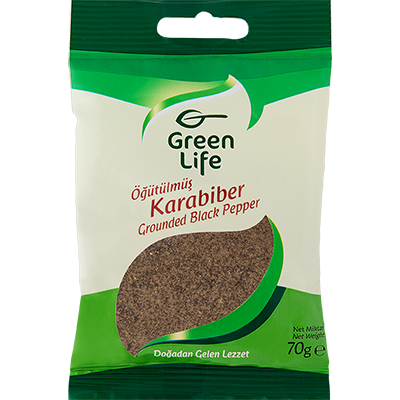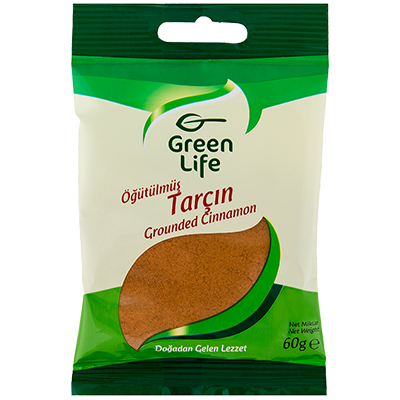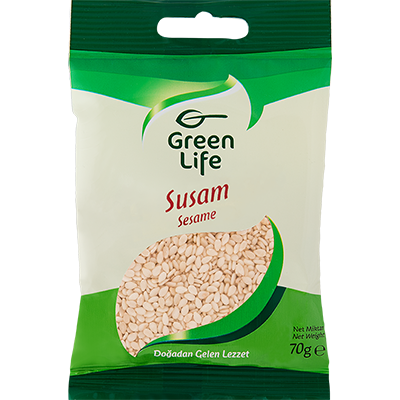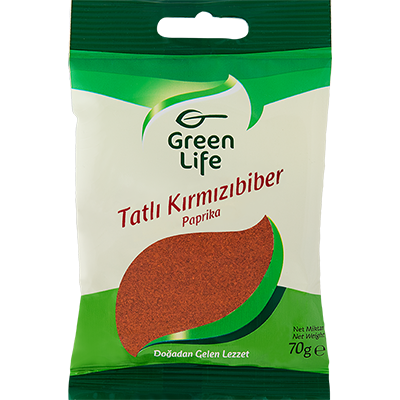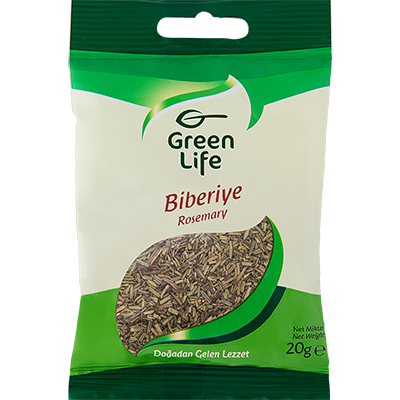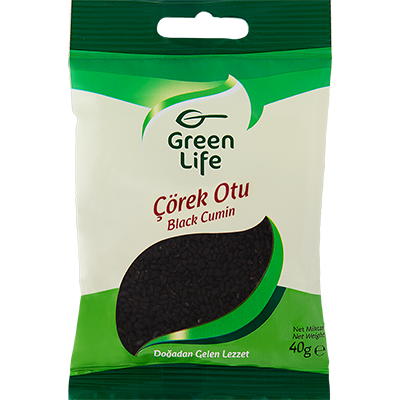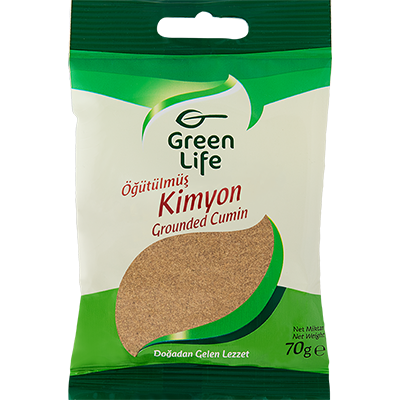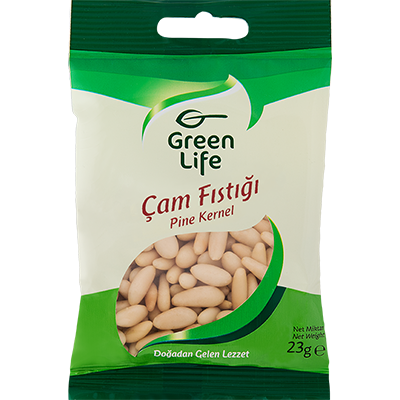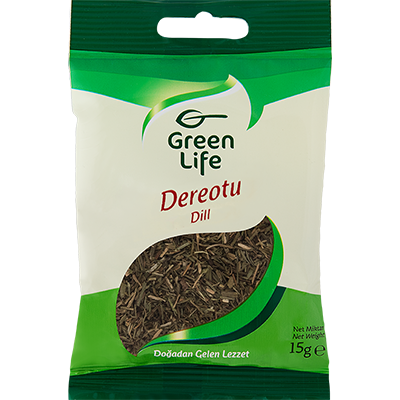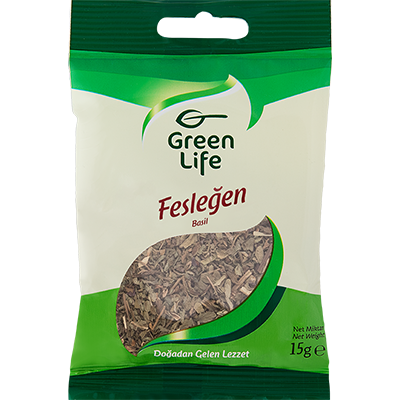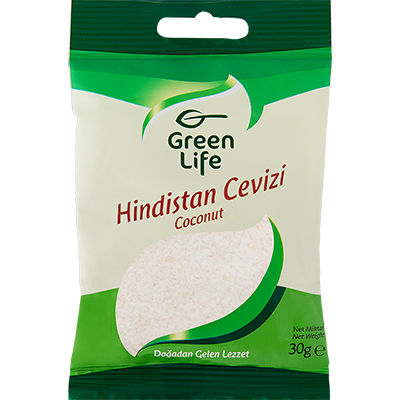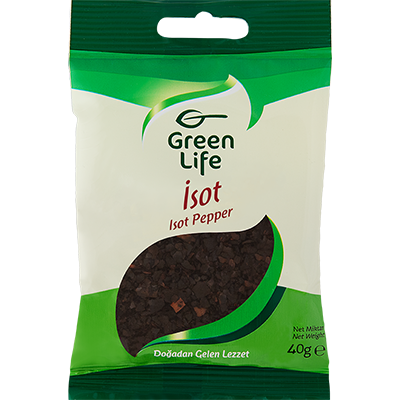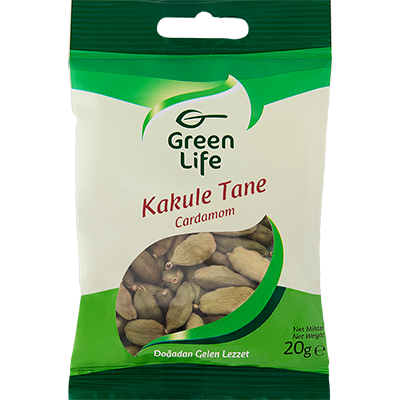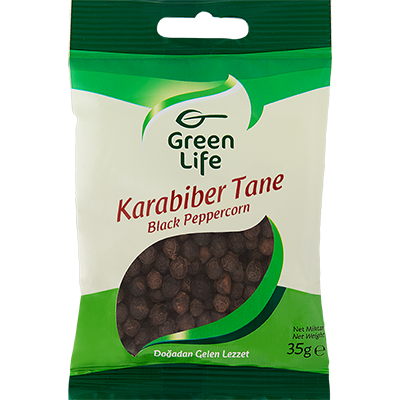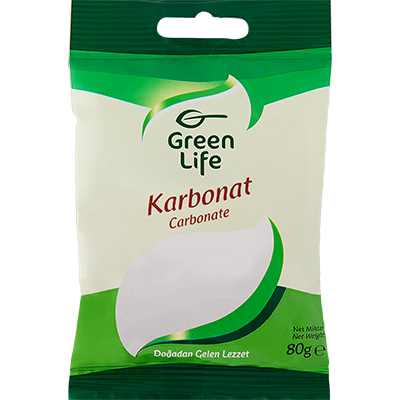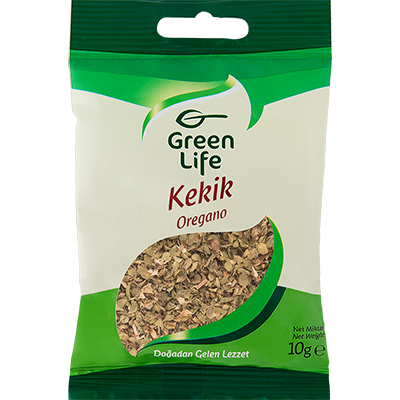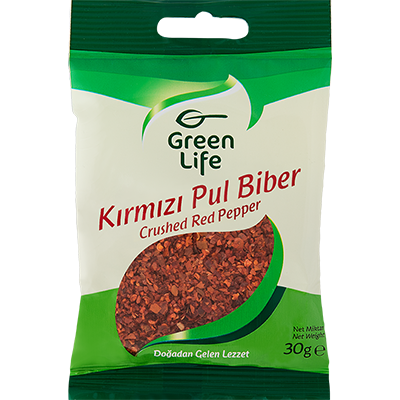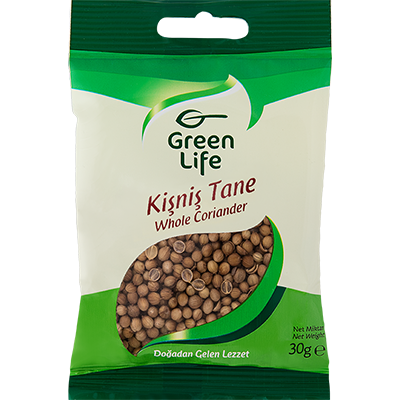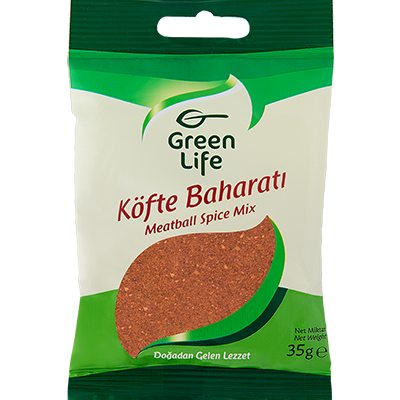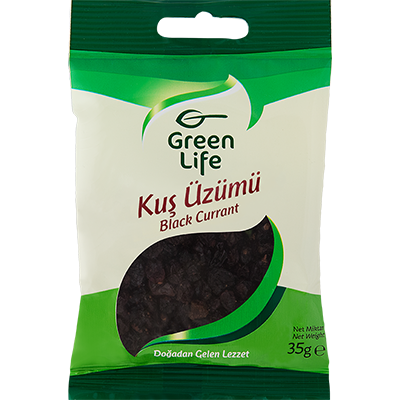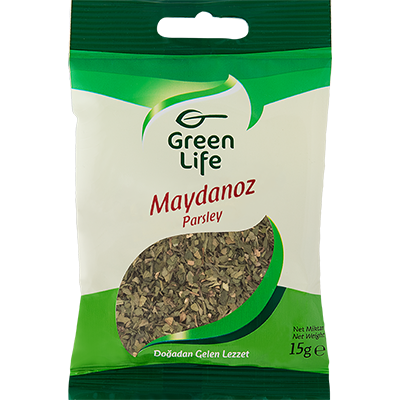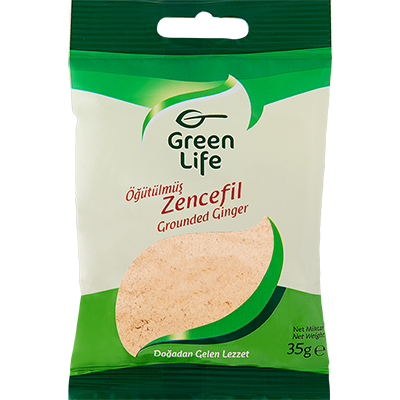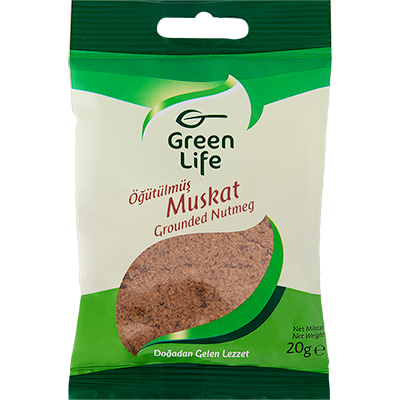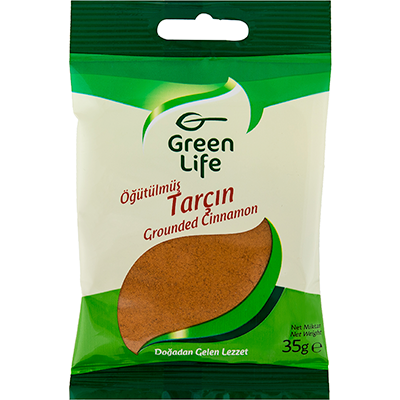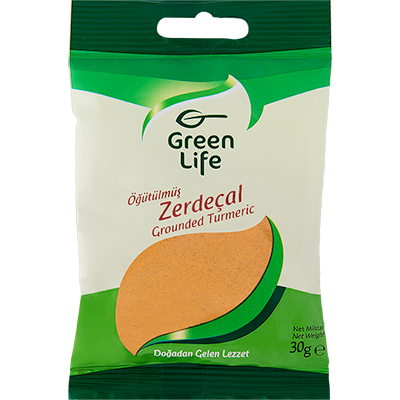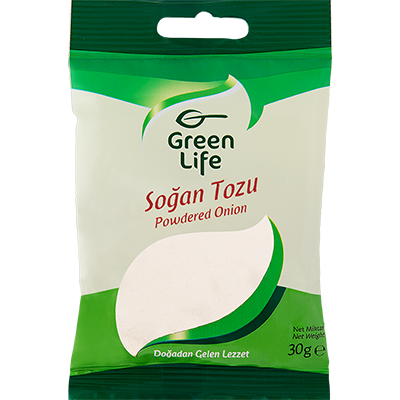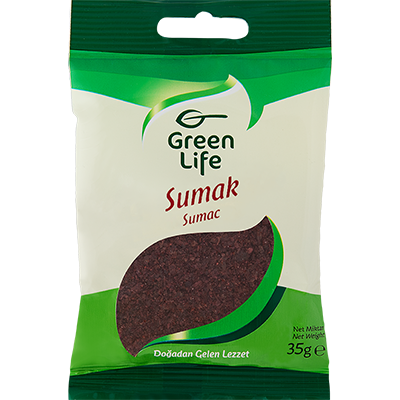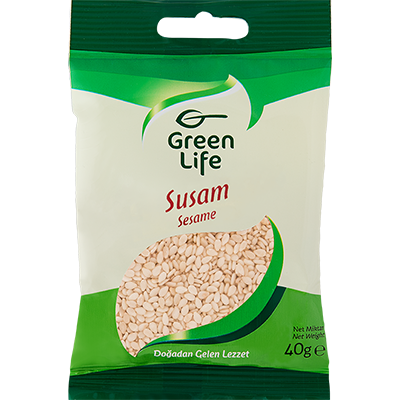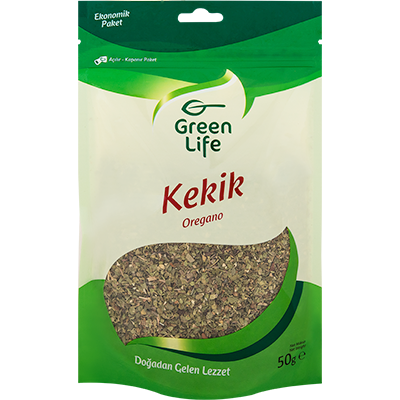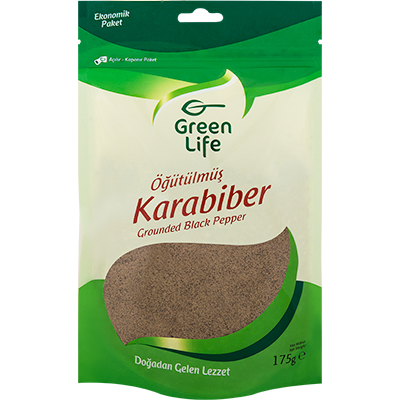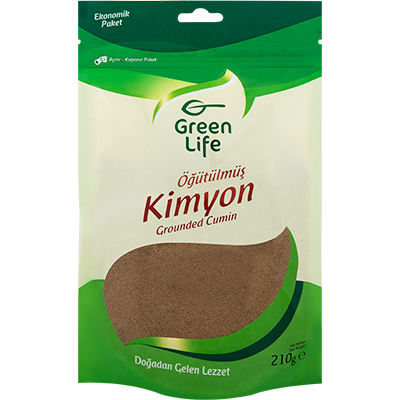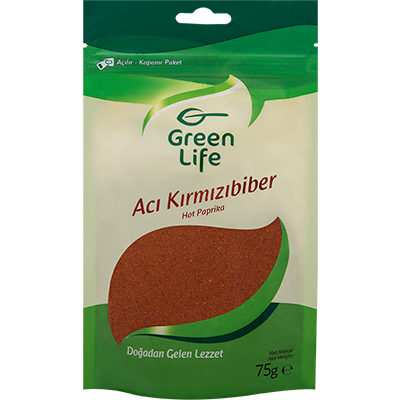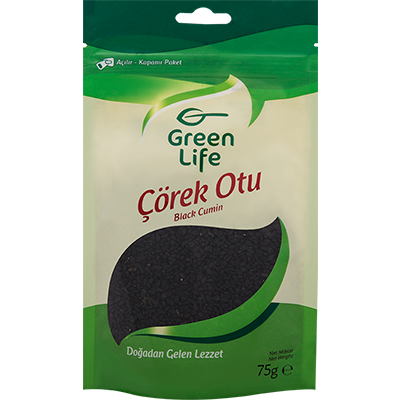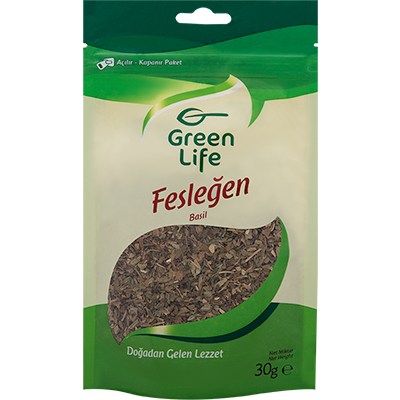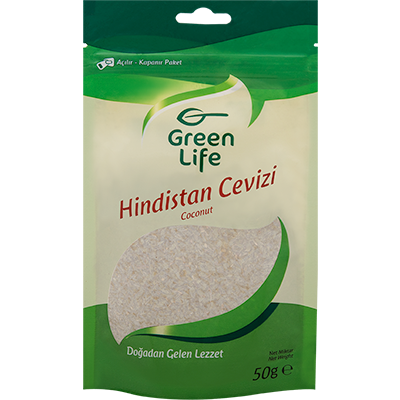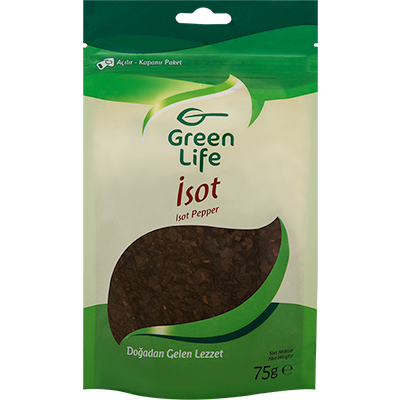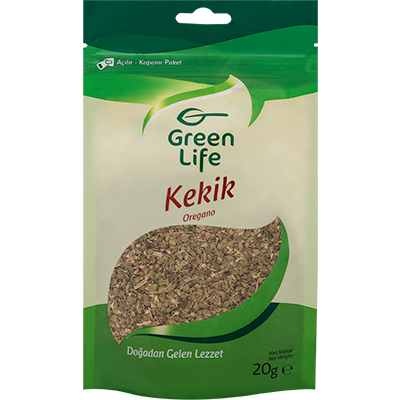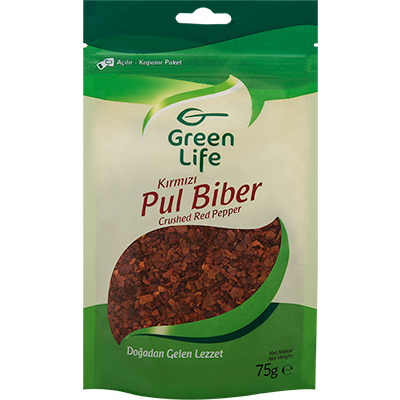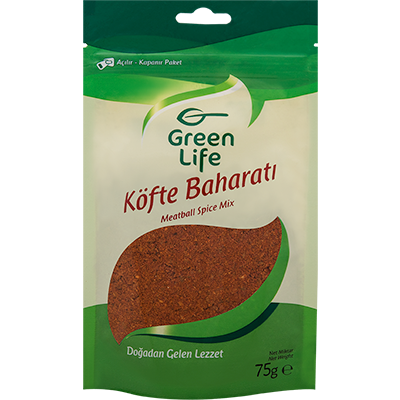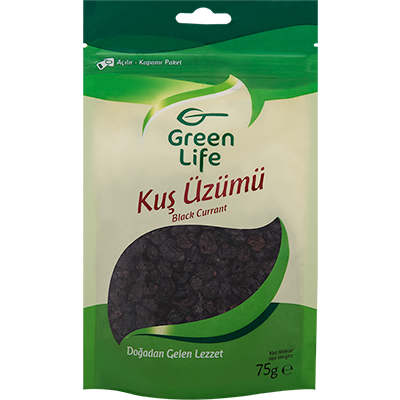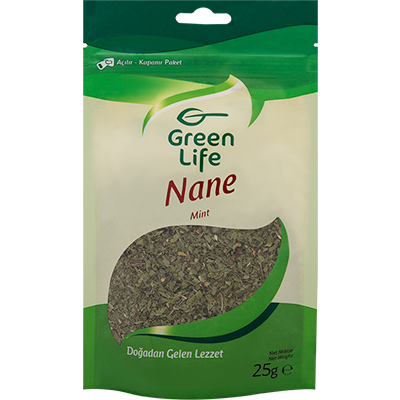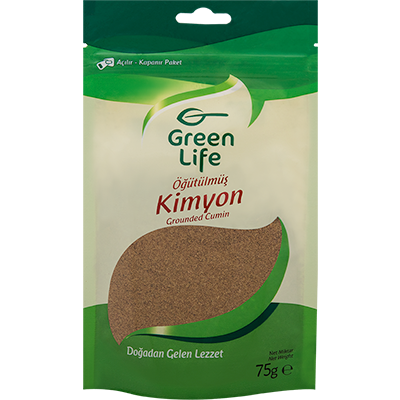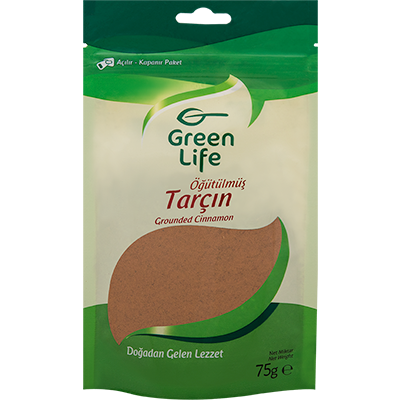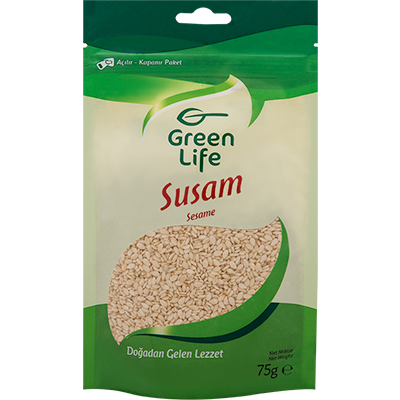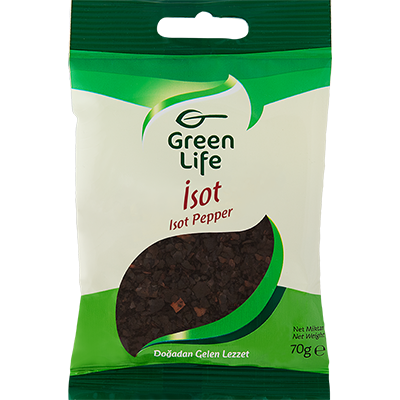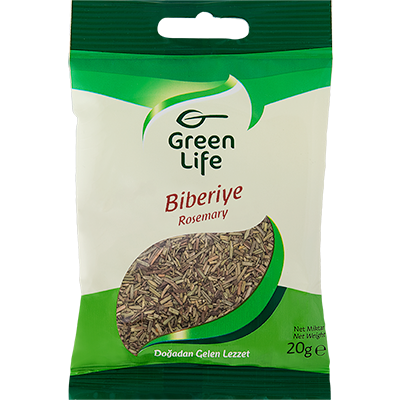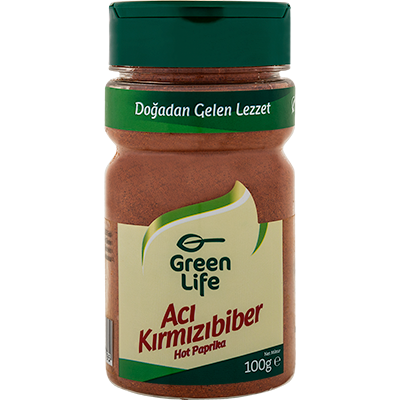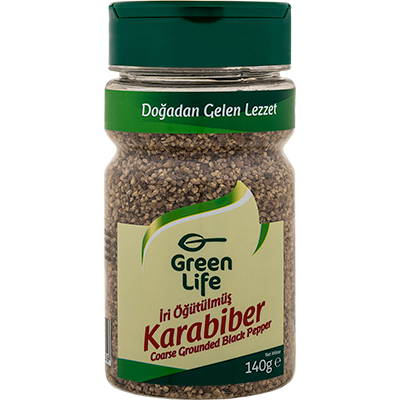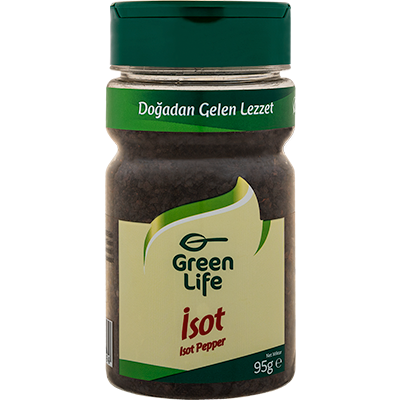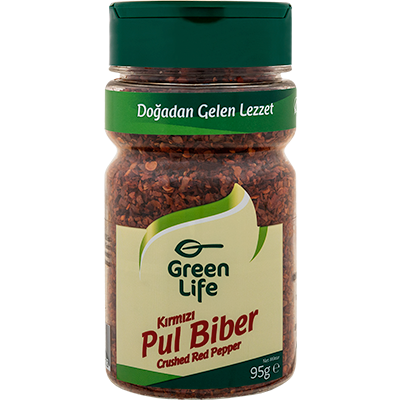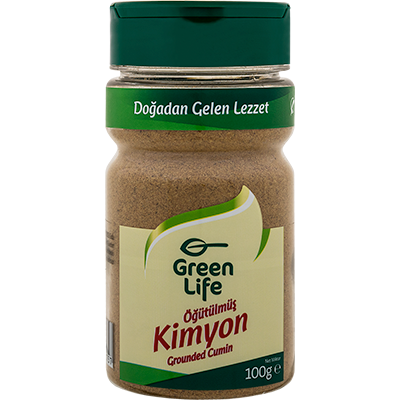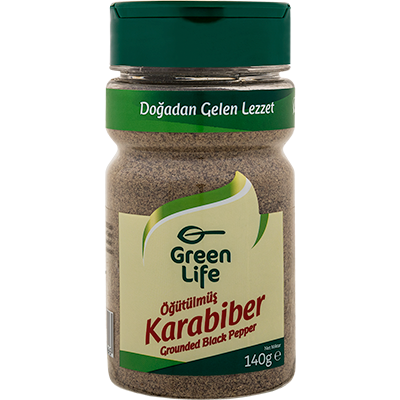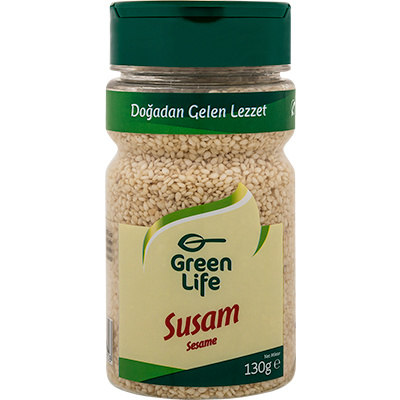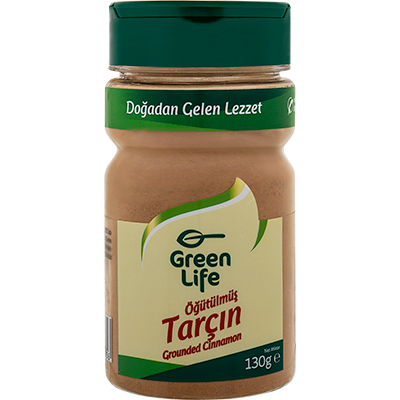Story of Spices / MUSTARD
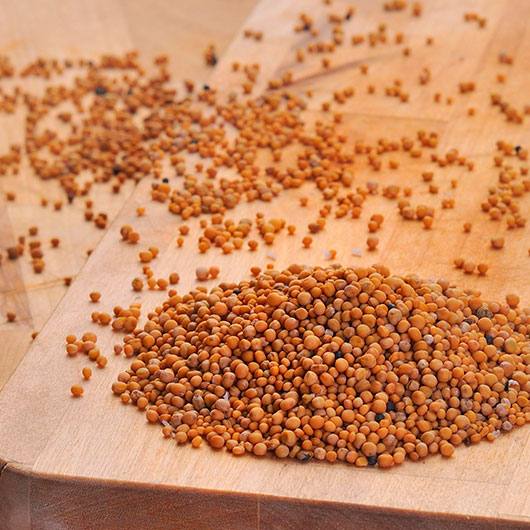
There are many varieties of mustard, which produce seeds in different colors and sizes. Mustard seeds can either be black, white, brown or yellow. Black, white and yellow seeds mainly grow in South Europe and East Asia whereas brown seeds are native to India.
The pungency of the mustard seeds comes from a special enzyme. This enzyme is activated when cracked and mixed with a liquid, particularly water. When preparing mustard sauce, the seeds are kept in water until the desired pungency can be achieved. White and brown seeds are easier to find whereas black seeds are rare and more difficult to find.
Mustard seeds grow in the pods on the stems of its plant. The stems are picked when mature but not very ripe so that the pods are not cracked and the seeds do not spill. After the stems are dried, the pods are cracked and the seeds can be taken out.
Taste notes:
Whole seeds have no aroma at all. When ground, they become pungent. Cooking releases its spiciness and earthy aroma. As the color of the seeds get darker, the taste becomes more pungent and sharp. White seeds are slightly sweet, where as brown seeds have a stronger aroma with a slightly bitter taste. Black seeds on the other hand, have the most powerful aroma and strongest taste.
Harmony:
Mustard seeds are an important source of flavor in pickling. Powdered mustard works well with meat marinades, barbecue sauces and root vegetable like celery, topinambur, potato, carrot. It’s also a very good ingredient for salad and creamy sauces.
Tips:
Whole mustard seed and ground mustard both have a long shelf life as long as they are kept in a dry environment.
In order to bring out a stronger flavor, try heating the seeds in hot oil before adding into your meal.
Exposed to excessive heat mustard, both as seeds or in ground form, easily loses its aroma. To preserve its flavor at the highest level, it would be better to add it in the meal toward the end of cooking.
Good idea:
Mustard goes very well with potato. Try flavoring your ordinary potato salad with mustard. Peel boiled potatoes and cut them into small pieces. Mix them with some chopped onion, finely chopped parsley, olive oil, a generous pinch of ground mustard and a small pinch of salt. You will be happy with the result.
Do you know that making home-made mustard sauce is much easier than it seems? All you need is to rest half a cup of brown mustard seeds in the water for about 18 hours until they get soft. In a bowl mix half a cup of powdered mustard with 3 tablespoons of vinegar, half a cup of water and 1 or 2 teaspoons of salt. Drain the seeds and add them to the mixture. Your mustard sauce is ready. If you would like to have a smoother sauce, pulse the mixture in the rondo until you achieve the desired homogeneity.
- -AKÇAABAT MEATBALL SEASONING
- -ANISE
- -WHITE PEPPER
- -ROSEMARY
- -PINE NUTS
- -CRISPY CHICKEN COATING MIX
- -NIGELLA
- -BAY LEAF
- -DILL
- -MEAT SEASONING MIX
- -BASIL
- -MUSTARD
- -DESICCATED COCONUT
- -İNEGÖL MEATBALL SEASONING
- -ISOT
- -ITALIAN PIZZA SEASONING
- -CARDAMOM
- -BLACK PEPPER
- -CLOVE
- -BAKING SODA
- -CHICKEN WINGS SEASONING MIX
- -BUTCHER’S MEATBALL SEASONING
- -THYME
- -RED PEPPER
- -CUMIN
- -CORIANDER
- -CURRY
- -DRIED BLACK CURRANT
- -SOUR SALT
- -MAHLAB
- -BARBEQUE SEASONING MIX
- -POPPY
- -PARSLEY
- -NUTMEG
- -MINT
- -PURPLE BASIL
- -GRANULATED GARLIC
- -GARLIC MUSTARD FRENCH FRIES SEASONING MIX
- -VEGETABLE SEASONING
- -SAUSAGE MEATBALL SEASONING
- -SUMAC
- -SESAME
- -CINNAMON
- -TARRAGON
- -CHICKEN SEASONING MIX
- -ALLSPICE
- -GINGER
- -TURMERIC
- -SPICE BLEND FOR STUFFED VEGETABLES IN OLIVE OIL
